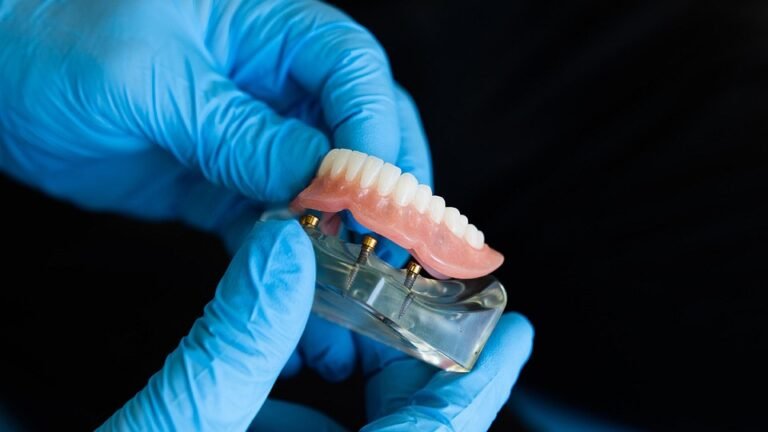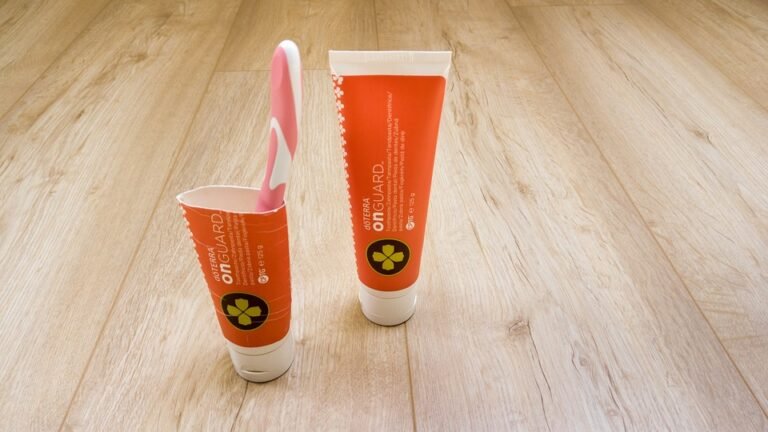Can photography reveal dental asymmetries affecting smile appearance
I’m working on a presentation for my dental hygiene class and I’m trying to figure out the best way to illustrate how subtle differences in tooth position can affect the overall perception of a smile. I’ve read a few articles talking about the "golden proportion" and ideal smile aesthetics, but it all seems very subjective.
My question is: Can I reliably use photographs to identify asymmetries in tooth positioning that contribute to what a patient perceives as an "unattractive" smile? I’m thinking specifically about asymmetries in:
- Incisal edge position: Uneven heights of the front teeth.
- Gingival margin levels: Differences in how much gum tissue is visible around each tooth.
- Tooth angulation: Tilting of teeth to the left or right.
- Midline deviations: Whether the upper and lower dental midlines align with the facial midline.
If so, what kind of photographic setup would be best to minimize distortion and ensure accurate assessment? What camera angles, lighting, and retractors (if any) would be recommended? Are there any specific software or digital tools that can help measure and analyze these asymmetries based on a photograph? I’m trying to show how a simple before-and-after photo comparison could potentially help patients understand the impact of proposed orthodontic or restorative treatment. Thanks!
Answer
Yes, photography can reveal dental asymmetries affecting smile appearance. The extent to which it reveals these asymmetries and their specific characteristics depends on various factors, including the quality of the photography, the angles used, the presence of specific features within the smile, and the viewer’s ability to perceive subtle details.
Here’s a detailed breakdown:
How Photography Reveals Dental Asymmetries:
-
Frontal View Analysis: A direct frontal view photograph allows for the evaluation of several aspects of symmetry. This includes:
- Midline Discrepancies: The dental midline (the imaginary line between the central incisors) can be compared to the facial midline (the line running from the forehead through the nose and chin). A deviation of the dental midline from the facial midline is a common asymmetry visible in photographs.
- Incisal Edge Position: The heights of the incisal edges (the biting edges) of the upper incisors should ideally follow the curvature of the lower lip line when smiling. Uneven incisal edges, where one incisor appears longer or shorter than its counterpart, can be readily observed.
- Gingival Display: The amount of gum tissue (gingiva) displayed above the teeth when smiling is another important factor. Asymmetrical gingival display, where more gum tissue is visible on one side compared to the other, can be seen.
- Tooth Size and Shape: While subtle differences may be difficult to discern, significant variations in the size or shape of corresponding teeth (e.g., the left and right central incisors) can be visible in photographs.
- Tooth Inclination: The angle at which teeth are positioned relative to the vertical plane is known as tooth inclination. Asymmetrical tooth inclination, where one tooth is tilted more than its counterpart, can be seen.
-
Lateral Views: Photographs taken from oblique or lateral angles can help assess:
- Tooth Position in the Arch: The position of teeth within the dental arch (the curved line of teeth) can be evaluated. Teeth that are rotated, protruded, or retracted relative to their counterparts can be identified.
- Arch Form Asymmetry: The overall shape of the dental arch can be evaluated. An asymmetrical arch form, where one side is wider or narrower than the other, can be noted.
- Smile Dynamics: A series of photographs capturing different stages of the smile (e.g., resting, slight smile, full smile) can reveal asymmetries that are not apparent in a static image. This includes:
- Lip Movement: Asymmetrical lip movement during smiling can accentuate or minimize dental asymmetries.
- Muscle Activity: Uneven muscle activity around the mouth can affect the position of the lips and teeth, contributing to an asymmetrical smile.
Factors Influencing Visibility of Asymmetries in Photographs:
-
Photographic Technique:
- Lighting: Good lighting is essential to accurately capture the details of the teeth and surrounding tissues. Uneven or harsh lighting can distort the appearance of the smile.
- Camera Angle: Proper camera angle is crucial to avoid distortion. Photographs taken from unusual angles can exaggerate or minimize asymmetries.
- Resolution and Image Quality: High-resolution photographs with good clarity allow for more detailed examination of the teeth and surrounding structures.
- Magnification: Using magnification can allow for closer inspection of subtle details.
-
Smile Characteristics:
- Smile Line: The curvature of the upper teeth in relation to the lower lip line affects the perception of symmetry.
- Tooth Color and Translucency: Variations in tooth color and translucency can affect how symmetrical the teeth appear.
- Tooth Wear: Uneven tooth wear can create asymmetries in the incisal edges and occlusal surfaces.
- Perception:
- Viewer Experience: Clinicians trained in dentistry and orthodontics are more likely to notice subtle dental asymmetries than the average person.
- Cultural Standards: The perception of beauty and symmetry varies across cultures.
Limitations:
While photographs can reveal a significant amount of information about dental asymmetries, they are not a substitute for a comprehensive clinical examination. Limitations include:
- Two-Dimensional Representation: Photographs are two-dimensional representations of a three-dimensional structure. They cannot capture the depth or spatial relationships of teeth as accurately as a direct clinical examination or three-dimensional imaging techniques (e.g., cone-beam computed tomography).
- Soft Tissue Limitations: While gingival display can be assessed, photography may not fully capture the underlying bone structure or the health of the periodontal tissues.
- Subtle Asymmetries: Very subtle asymmetries may be difficult to detect in photographs, especially if the image quality is not optimal.
- Reliance on Patient Cooperation: The accuracy of the photographic assessment depends on the patient’s ability to position their head and smile correctly.
In summary, photography is a valuable tool for revealing dental asymmetries affecting smile appearance. High-quality photographs, taken from multiple angles, can provide valuable information about tooth position, inclination, midline discrepancies, gingival display, and smile dynamics. However, it is essential to recognize the limitations of photography and to use it in conjunction with a thorough clinical examination for a comprehensive assessment.

